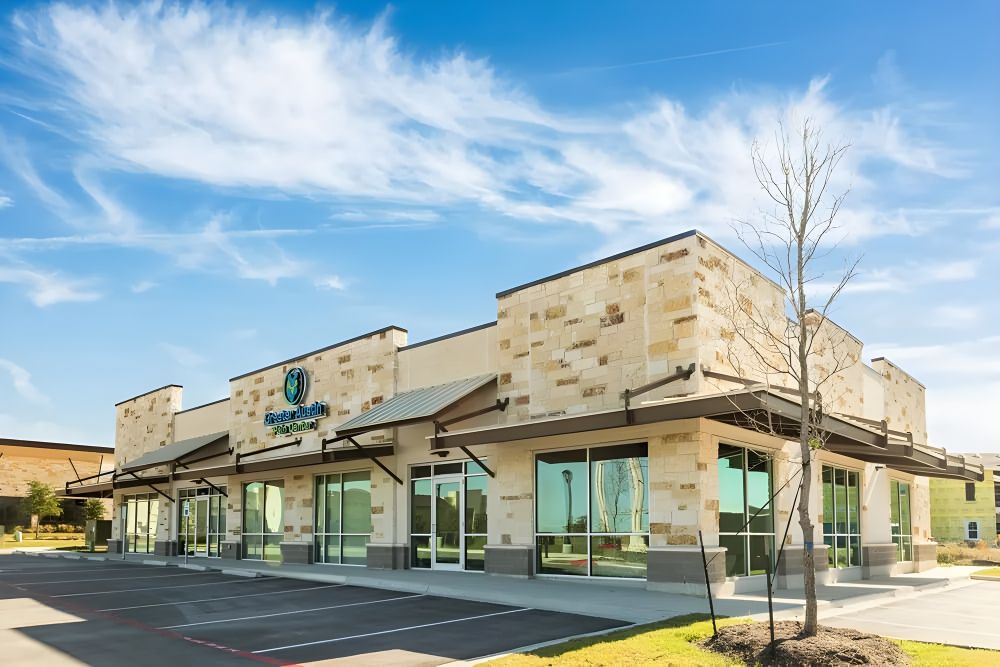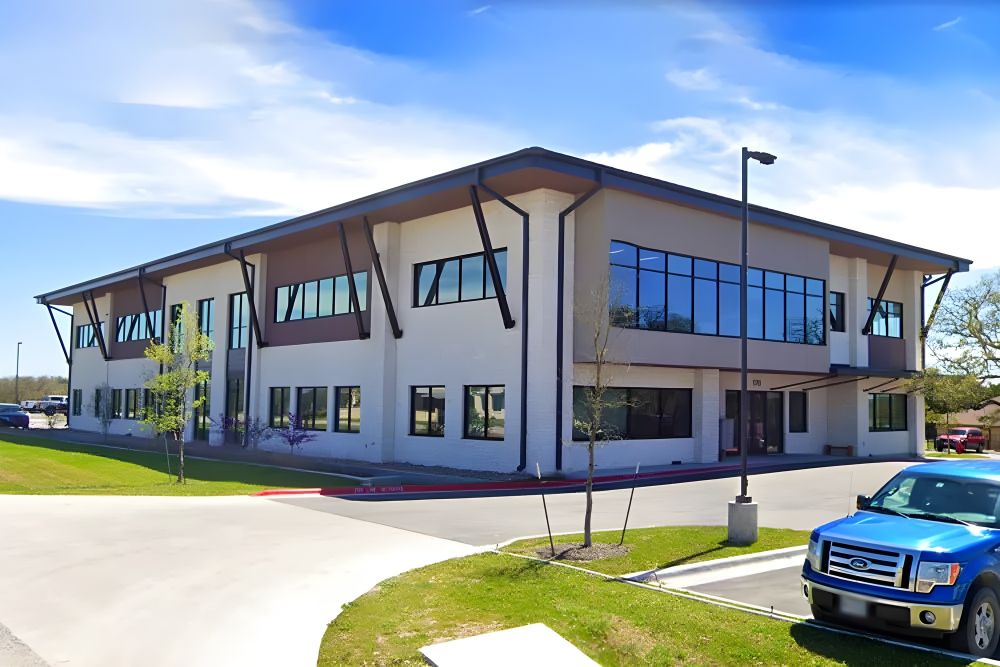What Causes Back Pain
Back pain, particularly in the lower back, is a widespread issue that affects many people. Injuries to muscles, ligaments, nerves, and the spine are common sources of this discomfort. Other contributing factors include poor posture, degenerative conditions like arthritis, and general wear and tear over time. At Greater Austin Pain Center in San Marcos, we take the time to diagnose the specific cause of each patient’s pain to create personalized treatment plans.
A medical evaluation is essential to determine the root cause of your back pain and identify the best treatment path. While most patients find relief through non-surgical treatments, some individuals with persistent lower back pain may benefit from surgical intervention.
Many cases of back pain originate from the lumbar spine, located in the lower back. This part of the spine curves just below the waist and connects the upper body (head, trunk, and arms) to the lower body. Strong ligaments and muscles attach to the spine, helping to stabilize the back and enable movement.
The lumbar spinal cord and nerves send signals between the brain and the muscles in the lower body, controlling movement and sensation. Near the first lumbar vertebra (L1), the spinal cord forms a bundle of nerves called the cauda equina.
The lumbar spine consists of six intervertebral discs between the vertebrae. These discs are made of sturdy connective tissue, with a tough outer layer known as the annulus fibrosus and a gel-like center called the nucleus pulposus. The discs and small facet joints help connect vertebrae, providing stability, flexibility, and shock absorption.
Common Causes of Back Pain
- Soft tissue abnormalities
- Compressed, pinched, or irritated nerves
- Bone spurs
- Spinal canal narrowing (stenosis)
- Disc degeneration
- Osteoporosis
- Misaligned vertebrae
- Disc herniation
- Heavy lifting
Symptoms of Back Pain
- Pain radiating through the back, legs, buttocks, or feet
- Weakness or numbness in the lower extremities
- Muscle cramping
- Loss of bladder or bowel control (Cauda Equina Syndrome)








.webp)










.webp)












